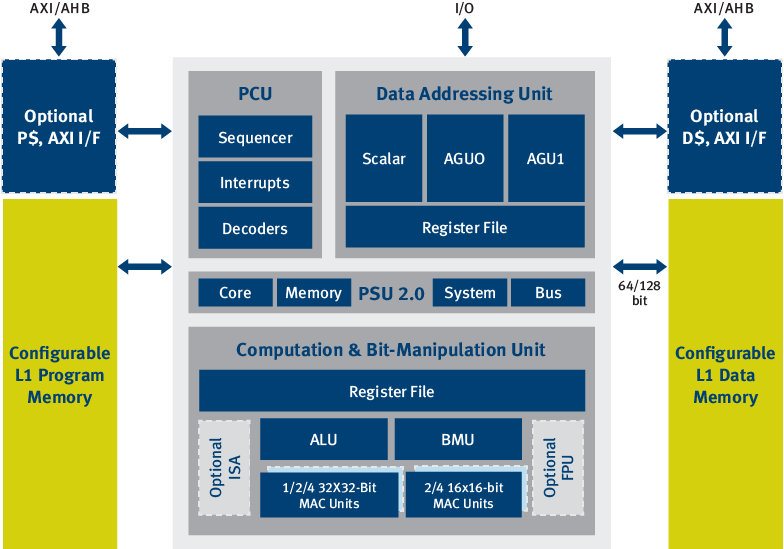The Internet of Things (IoT) is all about connecting things, but that doesn’t necessarily mean they are smart by nature.
The previous two posts in “DSP Enablers in the Internet of Smart Things” series, have shown how the connectivity and sensing worlds are intertwined in the larger IoT landscape. This post will deal with the important role of local intelligence to ensure that IoT devices act in a smart and secure manner.
To read “DSP Enablers in the Internet of Smart Things- Connectivity” – click here
To read “DSP Enablers in the Internet of Smart Things- Sensing”– click here
Let’s take the example of a smart home, where an IoT home controller device needs to be smart, so that it can deduct valuable information by aggregating data locally on the device and send you a message that everything is calm at home.
A DSP-centric solution can enable the creation of a smart IoT device based on the connectivity, sensing and intelligence building blocks.
Why Local Intelligence Matters
So how can we make IoT devices smarter? A lot of the IoT processing is taking place in the cloud, but for applications like speech recognition, object recognition and data analytics, there is a lot of value in local processing on the device itself. In most cases, it’s simply not viable to send all the feeds from sensors, microphones, cameras, etc. into the cloud. On the other hand, the DSP subsystem with all its peripherals can provide powerful intelligence systems for audio and vision analytics inside the IoT device.
The DSP-based local intelligence offers a low power advantage for dedicated signal processing applications and can save precious communication network bandwidth as well as the cost of the cloud services. Another benefit of local intelligence comes with the safeguard from security and privacy issues that can arise from the transfer of information (such as camera and microphone feeds) from the IoT device to the cloud.
Take DSP-based audio analytics, for example, which can perform sound classification and analysis for speech recognition and speaker identification apps. It can identify emergency situation from the tone of your voice, and report events such as glass breakage and baby crying. The CEVA-TL421 audio DSP is the fourth-generation native 32-bit DSP that also enables intensive noise reduction required for accurate sound analysis.
Next, there is DSP-based computer vision and video analytics, which can execute tasks like scene analysis at a much lower power, compared to a CPU or GPU cores. There are more and more camera-equipped IoT devices that require sophisticated vision analysis for applications such as object detection, face recognition and gesture recognition. Here, the CEVA-XM4, the company’s fourth-generation computer vision engine can locally process a large amount of video data.
For more information about the CEVA-TL421 audio analytics and XM4 vision processor, visit CEVA website or read the white papers below.
CEVA-TeakLite-4 DSP Product Note



